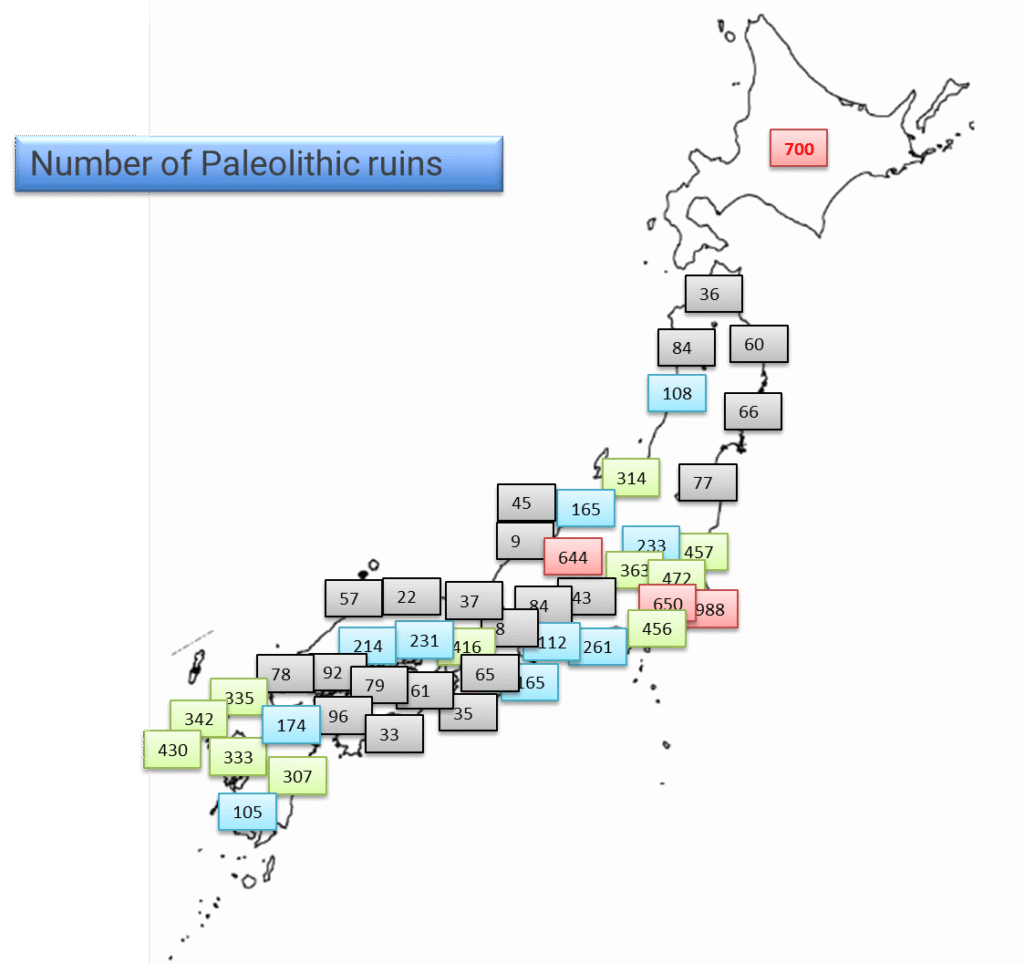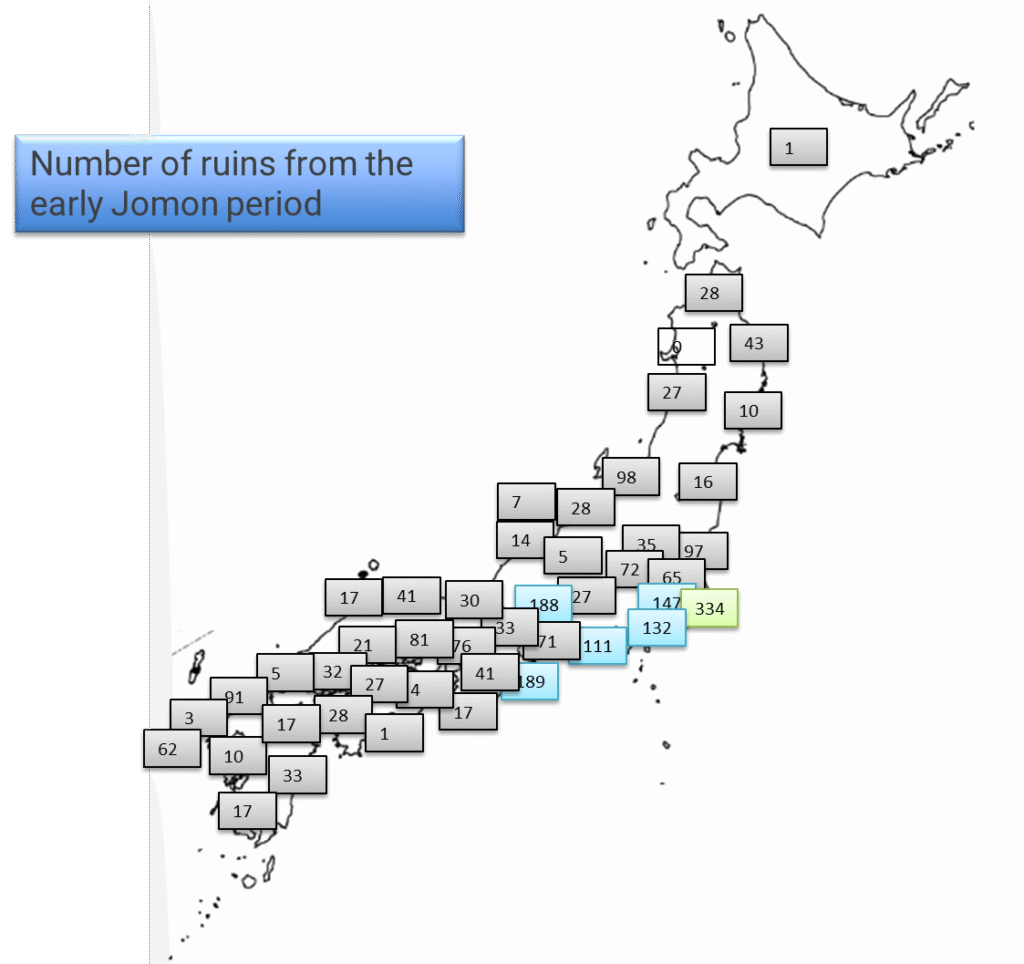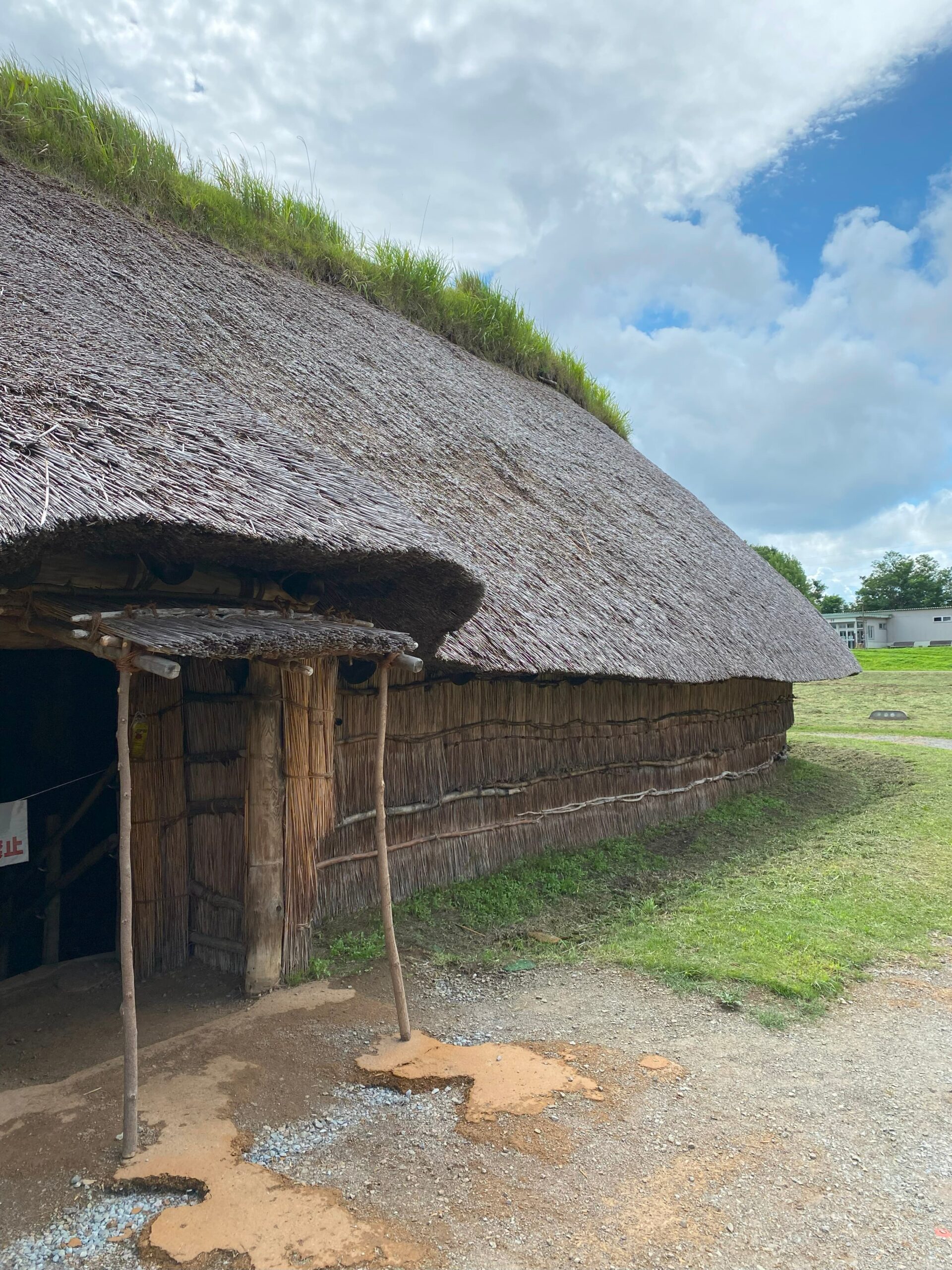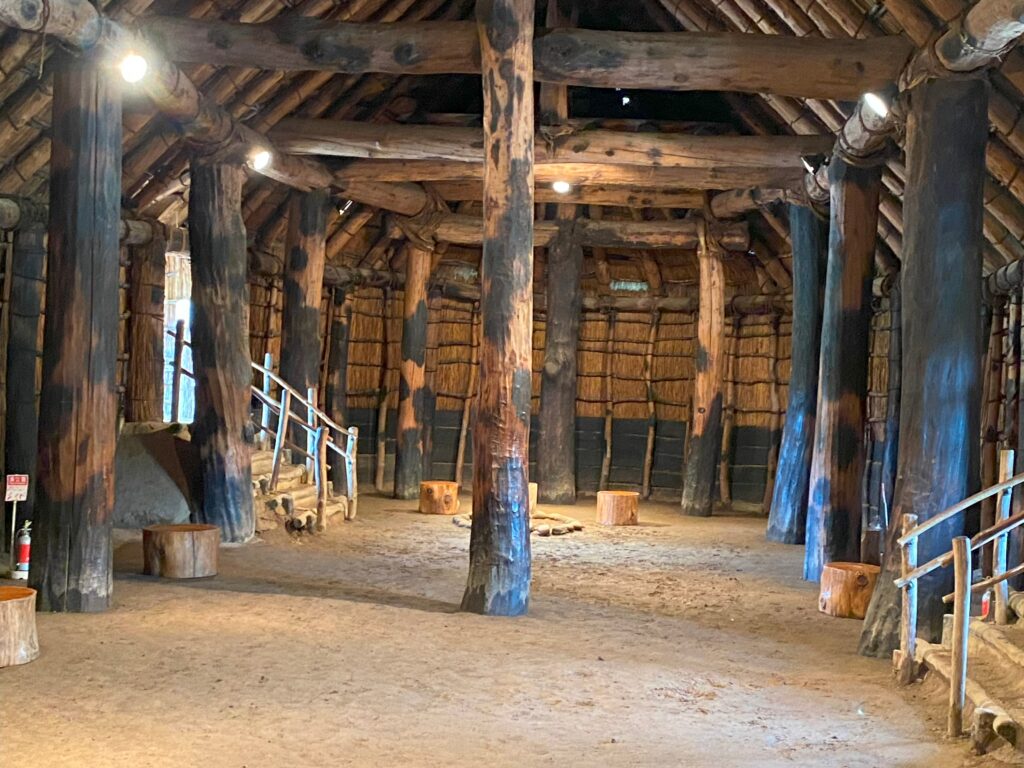Where Did the I’hins Go After the Sinking of Pan?
Approximately 24,000 years ago, a continent called Pan (also known as Whaga) sank beneath the ocean.
At that time, the I’hins—humans who were able to hear the voice of God—still lived on Earth. However, due to wars and other disasters, they had already perished in areas outside of Pan. The few who survived were those who hid deep in the mountains and valleys of Pan.
To these survivors, the Chief God gave a divine message instructing them to build ships. The I’hins constructed a total of 138 vessels and awaited the foretold disaster.
When the Great Flood came, the I’hins boarded their ships and floated safely upon the waters, surviving the catastrophe. Two of the leading ships headed toward Yista (modern-day Japan), while the remaining 136 ships were divided equally into the four cardinal directions.
Eventually, the ships landed as follows:
- 2 ships in Japan (Yista)
- 34 ships in India
- 34 ships in China
- 34 ships in America
- 34 ships in Africa
However, there are some inconsistencies between the records found in “The First Book of the Lord” and “The Book of Aph”, which require clarification. A detailed analysis of these discrepancies can be found at the link below, for those interested in exploring further:
👉 (OAHSPE Commentary: On the Movements of the I’hins After the Sinking of Pan and Their Arrival in Japan)

About Japan 24,000 Years Ago
Around 24,000 years ago, the Japanese archipelago was in the Paleolithic period. Today, numerous Paleolithic archaeological sites have been discovered all across the country—from Hokkaido in the north to Okinawa in the south.
According to the “Database of Paleolithic Sites in the Japanese Archipelago” compiled by the Japan Association for Quaternary Research, many Paleolithic-era sites were concentrated in regions such as Kanto, Shinetsu, Tokai, and Kyushu.
(This information is also referenced in a separate article I wrote on the same topic, though the chart is excerpted here for reference.)


Legend:
- Gray: 1–99 sites
- Light blue: 100–299 sites
- Light green: 300–499 sites
- Red: 500+ sites
Reference:
“Paleolithic Sites of the Japanese Archipelago – Database of Pre-Ceramic and Iwajuku Period Sites” by the Japan Association for Quaternary Research
(Data sourced from the “Database of Paleolithic Sites in the Japanese Archipelago”)
However, as time progressed into the early Jomon period, the number of archaeological sites decreased significantly across the board.
According to the spiritual text OAHSPE, the Japanese archipelago was once a part of the now-sunken continent of Pan. It is believed that people once lived throughout the entire region of what is now Japan.
If OAHSPE is correct in stating that the continent of Pan submerged around 24,000 years ago, then it is possible that catastrophic events occurred in areas such as Hokkaido, the Japan Sea side of Tohoku, Chugoku, and Kyushu, leading to a dramatic decline in human habitation in those regions.
About the I’hins Who Reached Yista, According to OAHSPE
After the submergence of the continent of Pan, the I’hins dispersed across various parts of the world. However, most of them gradually disappeared within 10,000 to 20,000 years. Among them, the I’hins who drifted to Japan seem to have found themselves in a uniquely different situation.
According to OAHSPE, only the I’hins were considered corporean beings capable of redeeming the spirits of the dead. No other race possessed this ability (Book of the Lords, 5th Book, Chapter 4, Verse 19).
Furthermore, even when other races who could not communicate with spirits intermarried with the I’hins, the resulting offspring were said to lose their spiritual connection with the Lords. Consequently, they became unable to follow the divine laws, and in particular, the races of Shem and Ham were described as having fallen into corruption (ibid., Chapter 5, Verses 11–13).
Even so, the I’hins who came to Japan—referred to as the “Yista”—were considered special. Despite interbreeding with the I’huans, they are said to have brought wisdom and peace (ibid., Chapter 5, Verse 14).
One example that may support the accounts found in OAHSPE is the Jomon Archaeological Sites in Hokkaido and Northern Tohoku, which were designated a UNESCO World Heritage site in 2021.
Among these, the Sannai-Maruyama site in Aomori Prefecture is particularly well known for its massive pit dwellings, reconstructed on-site to showcase their scale and structure. Even by modern standards, these buildings are quite impressive in both design and size. So far, there are no other known Jomon-period sites in Japan that exhibit such grandeur.
The I’hins are believed to have possessed remarkably advanced technology for their time, likely due to their ability to hear the voice of the Creator. Their dispersal around the world is thought to have been guided by divine intention—planting the seeds of civilization across the Earth.


Where Did the I’hins Land When They Arrived in Yista (Japan)?
After the submergence of the continent of Pan, it is believed that some of the I’hins headed for a land called “Yista” — present-day Japan. Among the possible landing sites, Aomori Prefecture is considered a strong candidate.
One reason is the existence of massive Jomon archaeological sites in the region, as mentioned earlier. Another important reason is that certain spiritual teachings — said to be transmissible only by the I’hins — have been preserved in this region as oral traditions that are still alive today.
More details about these traditions will be shared in the next article.
References、Images Used
| books | authors | publishers |
|---|---|---|
| OAHSPE ”A New Bible in the Worlds of Jehofih and His angel embassadors.” | John B. Newbrough | OAHSPE PUBLISHING ASSOCIATION |
| 聖書 新共同訳-旧約聖書 | 共同訳聖書実行委員会 | 三省堂印刷/日本聖書協会 |
| 『日本列島の旧石器時代遺跡 ―日本旧石器(先土器・岩宿)時代遺跡のデータベース』 | 日本旧石器学会 | 日本旧石器学会 |
Images:Generated from stable diffusion(model:DreamShaper)



コメント